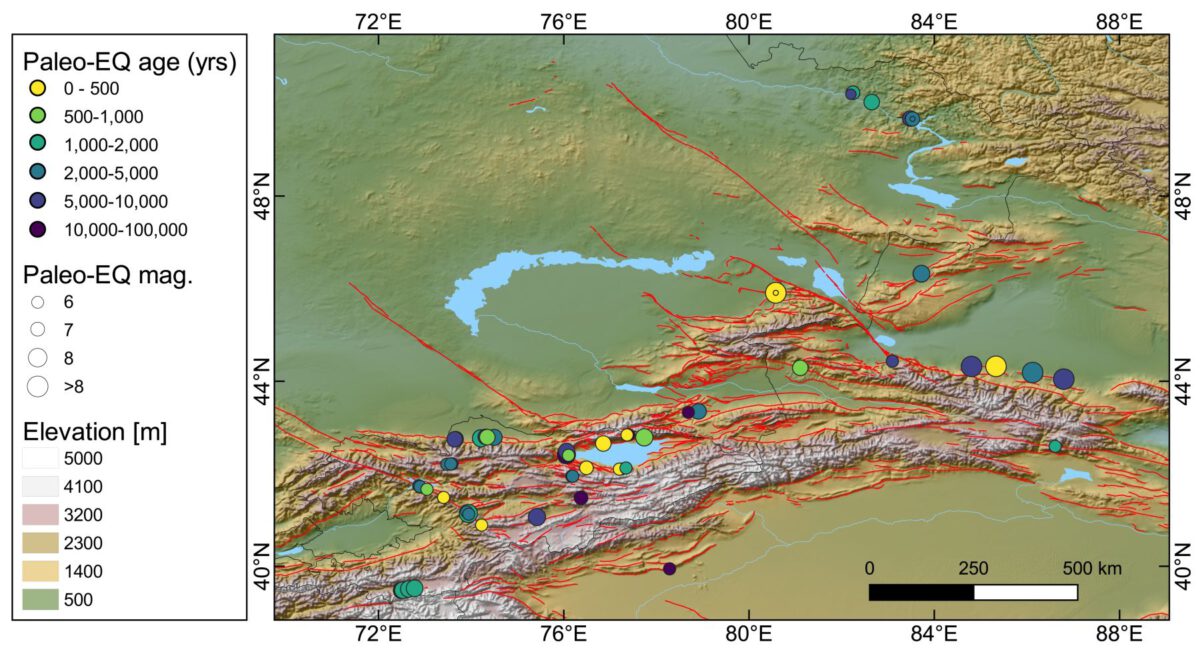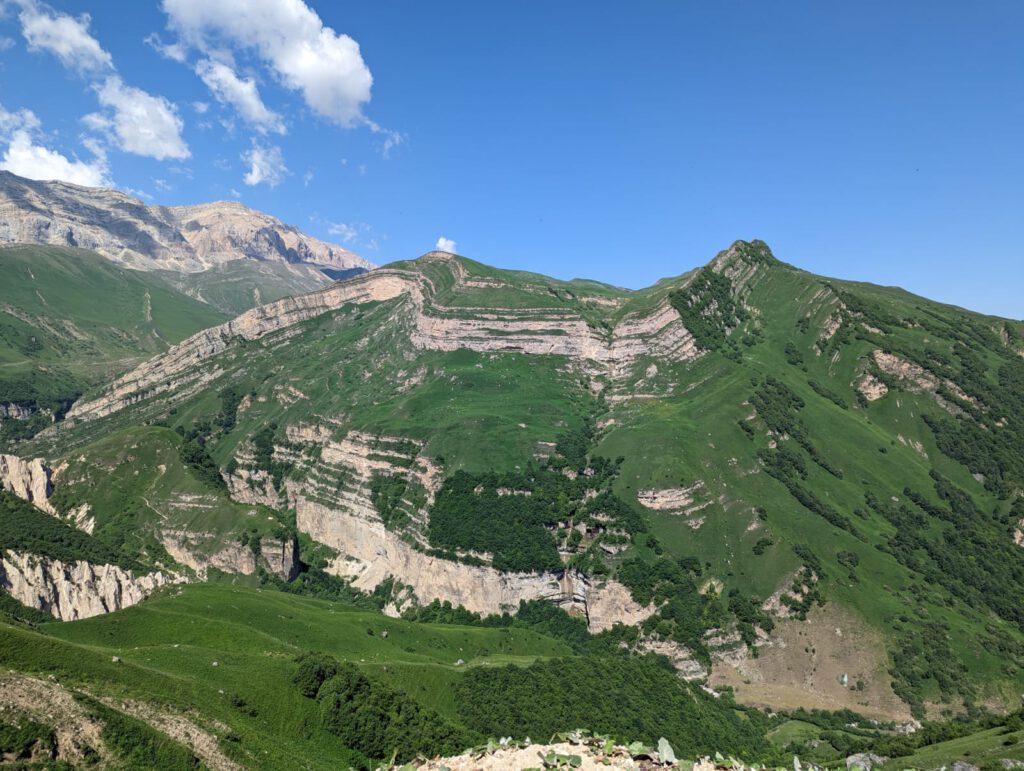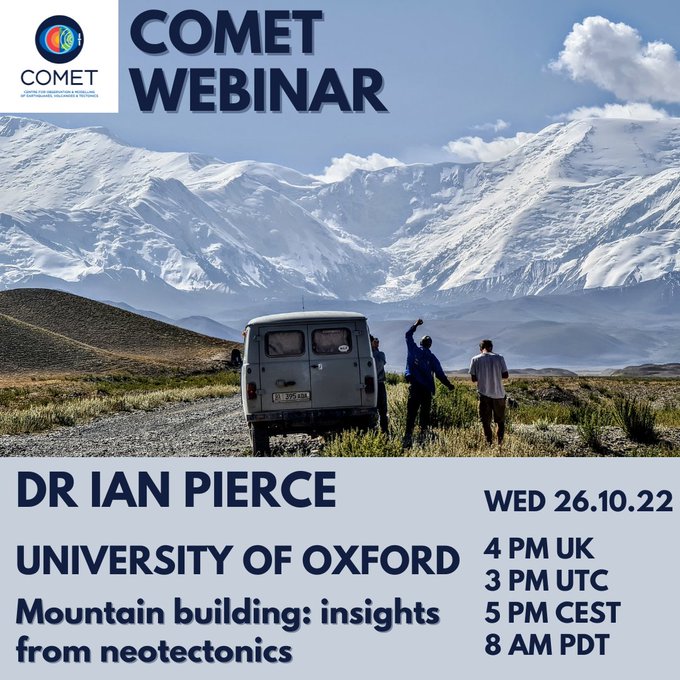Julie Losen describes her recently published article presenting the first results of the analysis of the giant Beshkiol landslide and its associated lakes in Kyrgyzstan. The work is now published in the journal ‘Geomorphology’
https://www.sciencedirect.com/science/article/abs/pii/S0169555X24000710







